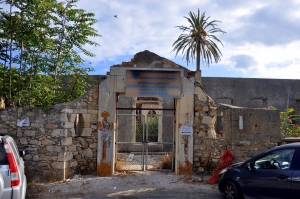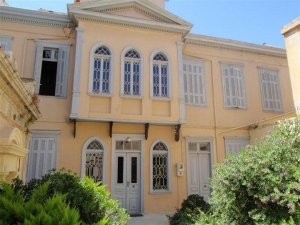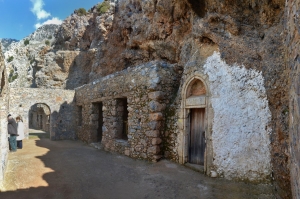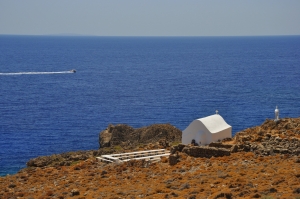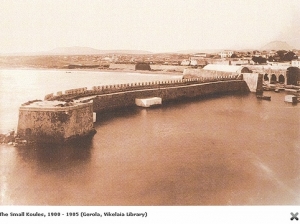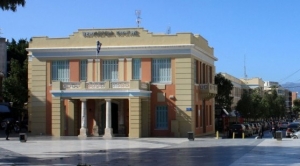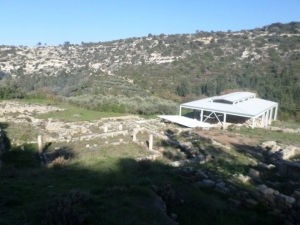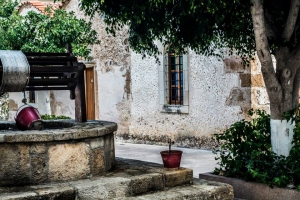The deserted today Pananio Municipal Hospital was constructed at the expense of Pananos Theodoulakis and his wife Athena Anemogianni. Its construction began in 1895, but it was interrupted due to the great revolution of 1896 and restarted in November 1896, to stop again in 1897. During the Cretan State era works started again (in 1900) and on 10 February 1902 the hospital opened its gates. After the operation of the new Pananio-Venizelio general Hospital near Knossos in 1953, the hospital stopped its operation.
It is a characteristic example of the Balkan architecture with clear neoclassical influence. The size, the structure of the rooms, the variety of the forms of the other parts and the high aesthetic conception establish the building unique in Heraklion.
On the eastern side of the gorge of Rouvas, high above the monastery of Saint Nicholas, we meet the location of Kalives, where the Saints Euthymius and Nikolaos Kourtaliotis lived in the 17th century (around 1670). For some researchers, these are the same person. Inside the cavernous church there are some frescoes and there is a rock-carving with the number 1432, but it is not probably a date, as dates in that era were written with Greek symbols.
Between Loutro Sfakion and the famous beach of Glyka Nera, at Perlovakia, we meet the white brushed chapel of the Holy Cross (Timios Stavros) where a big feast takes place on September 14th every year.
Opposite the Great Koules of Heraklion (Rocca al Mare), which still dominates the entrance to the Venetian port of the city, the Turks founded a smaller tower. It was the only fortification work that the Turks added to the harbor area throughout the period of their domination on the island.
The Saint George Barracks, today’s Region of Crete and former Prefecture of Heraklion, were built by the Venetians in the 16th century to quarter approximately 700 soldiers, but were later destroyed by an earthquake.
At position Katsivelos in Ancient Eleftherna the archaeologists have revealed the ruins of an imposing basilica. The basilica was built on the site of an older temple of the 3rd century BC, probably dedicated to Hermes and Aphrodite. The basilica was founded by the Bishop of Eleftherna Efratas around 450AD and was dedicated to the Archangel Michael.
The church of Panagia Galatiani or Galeniani is located in Malia and consists of three aisles, as a result of the successive addition of two aisles to the originally single-naved 14th-century temple that today forms the central aisle. The three aisles are dedicated to the Holy Ten Cretan Martyrs (Agii Deka), the Presentation of Mary (Panagia) and Saint Charalambos





